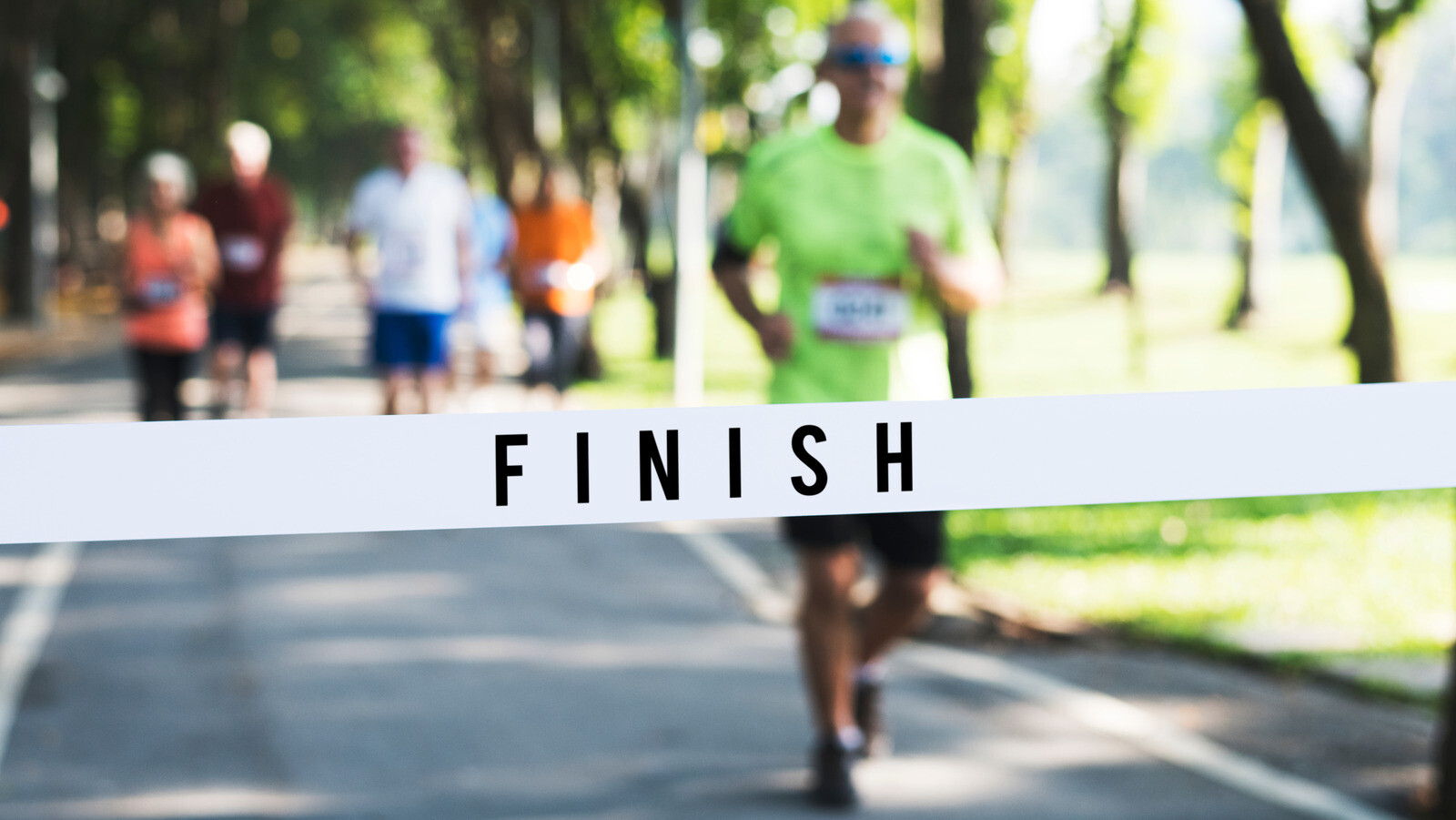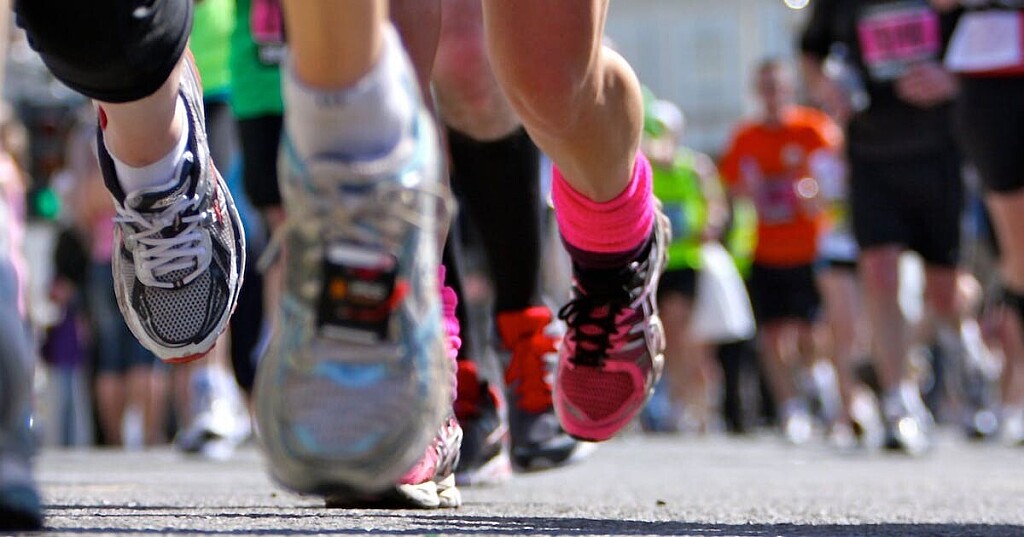Running News Daily
Running News Daily is edited by Bob Anderson. Send your news items to bob@mybestruns.com Advertising opportunities available. Train the Kenyan Way at KATA Kenya and Portugal owned and operated by Bob Anderson. Be sure to catch our movie A Long Run the movie KATA Running Camps and KATA Potato Farms - 31 now open in Kenya! https://kata.ke/
Index to Daily Posts · Sign Up For Updates · Run The World Feed
Eight things that happen to your body when you run a marathon
From losing a toenail to increased hearing power, here's what you need to know before you run towards that finishing line
On 22nd April, around 50,000 runners will pound the pavements and streets from Greenwich to the Mall in the London Marathon. It is undoubtedly the biggest fitness carnival of the year, unrivalled in its atmosphere and the sense of achievement felt by those who finish it.
Of course, it is also a physical and mental challenge like no other. And while we have all heard about the perils of getting cramp or hitting the infamous marathon wall, there are lesser known side effects that only those who have conquered the gruelling distance will know about. And as a veteran of seven marathons, I bring you the insider’s guide to the marathon body and what happens to it as you plod from one mile to the next:

You will shrink
Not good news for shorties like me, but most finishers will indeed cross the line an average two centimetres shorter than when they started. It is, thankfully, a temporary shrinkage in height caused by fluid losses between the intervertebral discs in the spine. Height is fully restored when fluid levels are replaced, usually 24 hours or so later.
Your nose might run

A study in the Journal Annals of Allergy, Asthma & Immunology found that 56 percent of people get a serious bout of the sniffles while running for long periods outdoors. The reason? They are suffering from runner’s hayfever or exercise-induced rhinitis. Experts say it is probably caused by the increased air-flow that you inhale as your breathing rate quickens, which sends your nose into mucus-producing overdrive. Very cool and dry air can make matters worse.
MORE GLOSS: Is barefoot running better for you?
You’ll have sharper hearing
Training for a marathon improves circulation to the ear, which provides a greater supply of nutrients to help preserve hearing. One study tested the hearing of 24 women and 19 men who ran long distances regularly. Scientists found a marked improvement in hearing sensitivity after they had finished running, thought to be the result of improved circulation.
You’ll be lighter (temporarily)
Runners will shed 2-5kg in weight through lost fluid during a marathon which should be replaced by initially consuming 500ml of fluid per hour during and after the race until urine returns to a pale straw colour (dark urine is a sign of concentrated electrolytes or body salts caused by dehydration), and then drinking normally in the days afterwards.
“Drinking too much during and after a marathon is a big mistake,” says Louise Sutton, sports dietitian at Leeds Metropolitan University. “It dilutes body salts to a dangerous level and can cause water toxicity or hyponatremia, a condition that could be fatal, so don’t overdo the rehydration.”
Studies in the British Journal of Sports Medicine show that more people are hospitalised every year after the London marathon because of hyponatraemia than because of dehydration. Drinking too little is very rare - stick to the guide and you should be back to normal in no time.
You’ll burn calories (but not as many as you might think)
With muscle stores of glycogen, the body’s source of fuel for activity, becoming depleted after the race, they need to be replaced by consuming 0.5g of carbohydrate for every pound of your body weight - the equivalent of a bowl of breakfast cereals and a banana or a couple of sandwiches - 2-3 hours after the finish. However, the number of calories used to run a marathon is around 2,800, lower than many people think and the race is certainly not an excuse to gorge on a calorie mountain in the days that follow.
You might lose a toenail
Given that the average runner takes 32,000 strides during a marathon, it’s not surprising that the feet take a hammering. Many runners find that the cumulative effect of months of training cause such trauma to their toenails that they blacken and fall off. Each of the marathons I have run has resulted in toenail loss (although, encouragingly, there’s always a nice shiny new one underneath). Keeping them trimmed and smooth can limit the friction within your trainers, but it is almost inevitable.
Blood vessels can be damaged
Continual hammering of tiny blood vessels in the feet results in a drop in levels of red, oxygen carrying blood cells or haemoglobin by as much as 20 grams per litre of blood. It’s important to rest in the days after marathon and consume iron rich foods like meat and green leafy vegetables to return levels to normal and prevent the risk of anaemia.
Prepare to be battle-weary
The most common injury during the race is cramp, followed by blisters and abrasions although St John’s Ambulance volunteers will be on hand to massage and tend to weary limbs. Stewards will hand out 40kg of petroleum jelly to reduce the possibility of chaffing and joggers’ nipple (which affects women as well as men and is caused by vests or bra fabric irritating the delicate area).
by Peta Bee
Login to leave a comment




